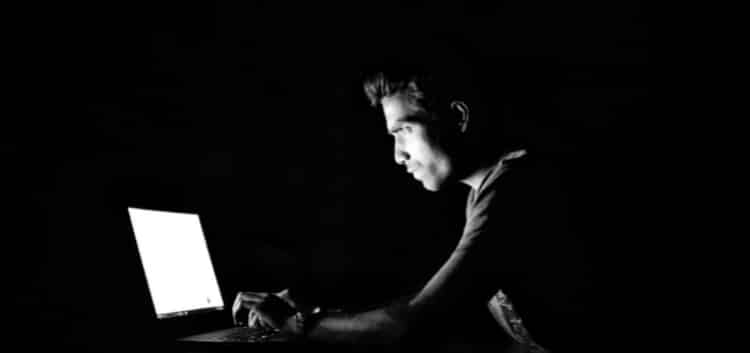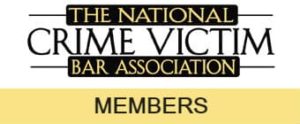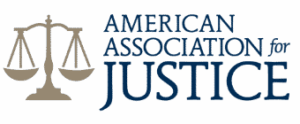
British non-profit the Internet Watch Foundation has reported a 37% increase in the number of confirmed websites depicting child sexual abuse, this year identifying 78,589 URLs that contained images of sexual abuse, linked to abuse imagery or featured advertisements for it. Only 57,335 such sites were confirmed last year, the organization says, basing its numbers on reports from the public and proactive investigations.
Learn more about Boys and Girls Club sexual abuse lawsuits and how we help victims get justice.
The Internet Watch Foundation, established in 1996, searches out and removes images and videos that depict child sexual abuse online. 2017 was the organization’s worst year yet, according to the group’s latest annual report.
Alongside the overall rise in confirmed instances of child pornography, a number of apparent trends have troubled child safety advocates and lawmakers.
Images and videos depicting what the non-profit labels “Category A Content,” which includes rape and sexual torture, rose by 5% over 2016. Today, around 33% of the images and videos screened by Internet Watch Foundation fall under this most extreme category of child abuse.
Continue reading: 79 Men Arrested For Charges Relating To Child Trafficking & Pornography In New Jersey
At the same time, child sexual abuse content is moving from the United States and gaining a stronger foothold in Europe. In April, the organization noted that up to 60% of child sex abuse pages are now hosted on servers in Europe, with North America falling into second place at 37% (22% in the US; 15% in Canada).
Nearly 40% of the sites are now hosted by web hosting companies in a single European country – the Netherlands.
The number of domain names (the “root” of a website’s address, like abuseguardian.com) has proliferated enormously, IWF says. “More domain names than ever before are being used to show children being sexually abused,” the organization writes, “a 57% increase on last year.”
Child pornographers and pedophiles are also getting smarter in hiding their online tracks. Internet Watch Foundation observed an 86% rise in the use of “disguised” websites, in which users complete a defined set of tasks (like clicking on banner ads in a specific order) to access a secret area of the site populated by child sexual abuse content. Users who don’t know the secret are presented with legal content. “Often”, the BBC writes, “these sites request payment to view further images of abuse.”
IWF identified 2,909 sites disguising their child pornographic content in 2017, compared to 1,572 the previous year. While it’s possible for a legal site to be hacked into acting as cover for child pornography, IWF chief executive Fred Langford says that most disguised sites are intentionally maintained by the website’s owner.
Even so, the possibility that child porn hubs could be masquerading as legitimate websites is troubling. People searching for legal content, including adult pornography, could quickly find themselves in trouble.
“It only takes one click for the curious,” Langford told The Guardian, “and before you know it they’ve not only incriminated themselves but also viewed the illegal content. If the URL has found its way on to a police database you could end up in a tricky situation.”
While rare (or just extremely difficult to identify), the number of child sex abuse sites on the dark web, which can only be accessed through specific browsers, also increased from 41 to 44. 13 of these sites were deemed “commercial,” actively selling images and videos of child sexual abuse.
Most shocking, however, is a detail from the report identified by the Telegraph. Around one-third of all the sexual abuse images identified by the Internet Watch Foundation are “self-generated” – selfies or live web-cam feeds taken by children themselves, then distributed through various channels of the web.
“Children are increasingly filming or photographing themselves in explicit situations and sharing the footage,” the Telegraph writes, “which then ends up on adult pornography sites or shared by pedophiles.” Fred Langford says the trend in “self-generated” imagery is being driven by mimicry, namely the desire of young people to be like their celebrity heroes (Kim Kardashian is a reference point noted by the Telegraph).



